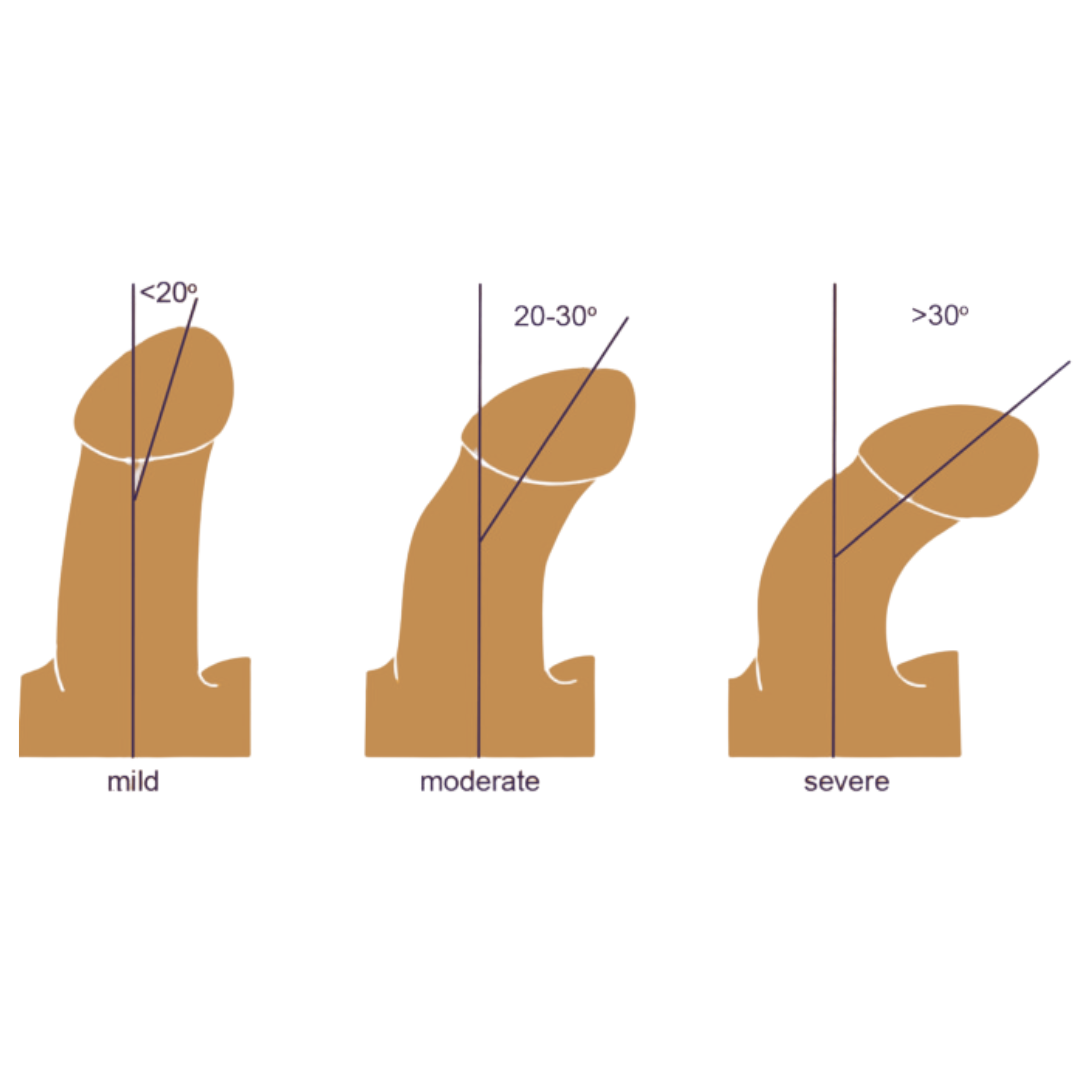EDUCATION Congenital chordee
Congenital chordee, also known as penile curvature, is a condition present at birth that causes the penis to bend or curve, especially during an erection. The curvature can be downward, upward, or sideways.
Causes of congenital chordee are not fully understood, but it is thought to be related to abnormal development of the tissues in the penis during fetal development. There may be an uneven distribution of elastic tissue on the top and underside of the penis, causing it to bend during erection.
Chordee can sometimes occur with another condition called hypospadias, where the opening of the urethra (the tube that carries urine from the bladder out of the body) is located on the underside of the penis instead of at the tip.
Treatment for congenital chordee is not always necessary. In many cases, the curvature is mild and does not cause any problems with urination or sexual function later in life. However, if the curvature is severe or it causes pain, difficulty urinating, or emotional distress, surgery can be performed to correct it.
Surgery to correct chordee is usually performed in early childhood, around age 2. This is because the penis is still growing and developing at this age, and surgery is easier to perform. The type of surgery will depend on the severity of the curvature and the presence of hypospadias.
If you are concerned that your child may have congenital chordee, it is important to see a paediatric surgeon for a diagnosis and to discuss treatment options. Early diagnosis and treatment can help to ensure that your child has a normal and healthy penis as they grow up.

